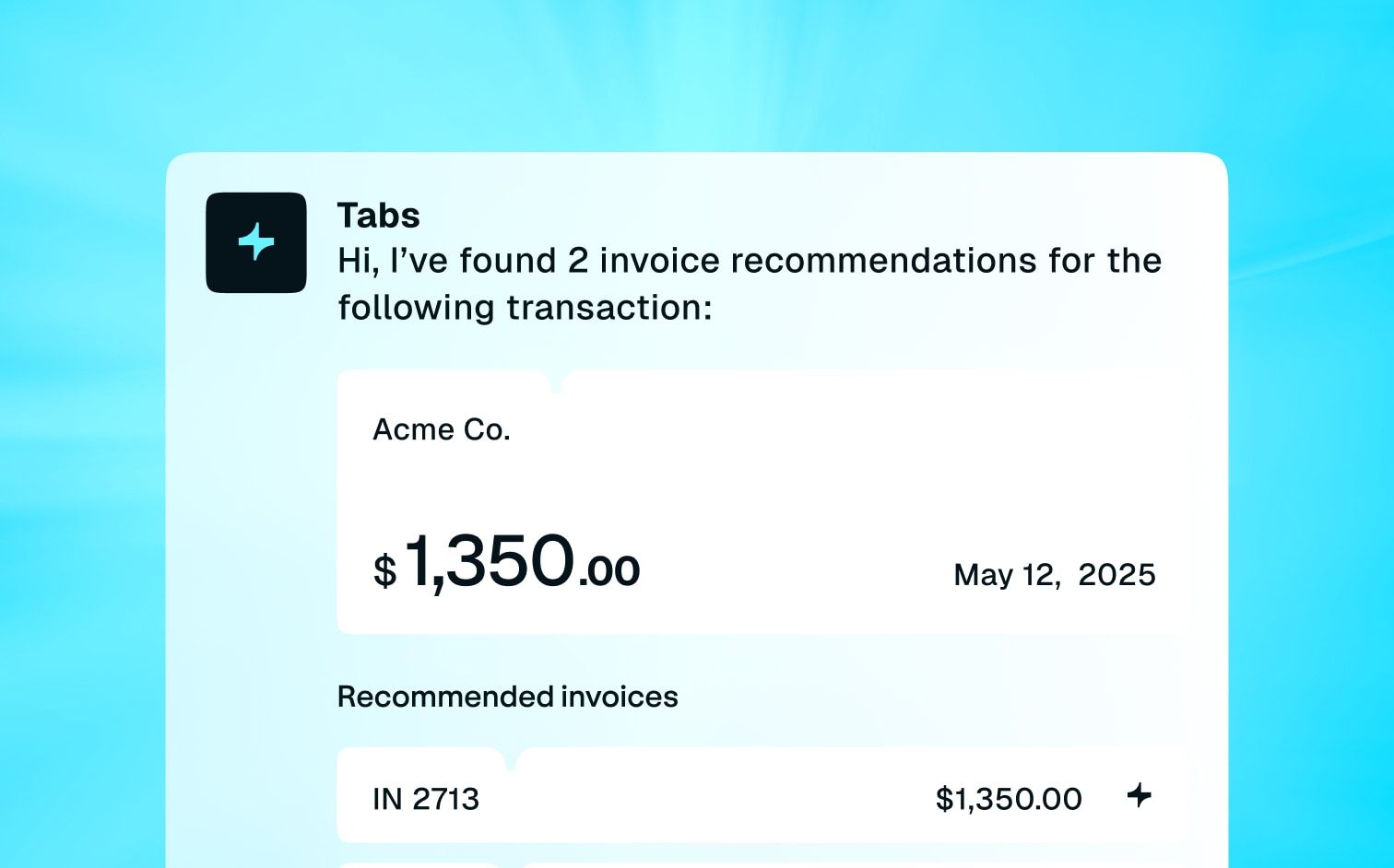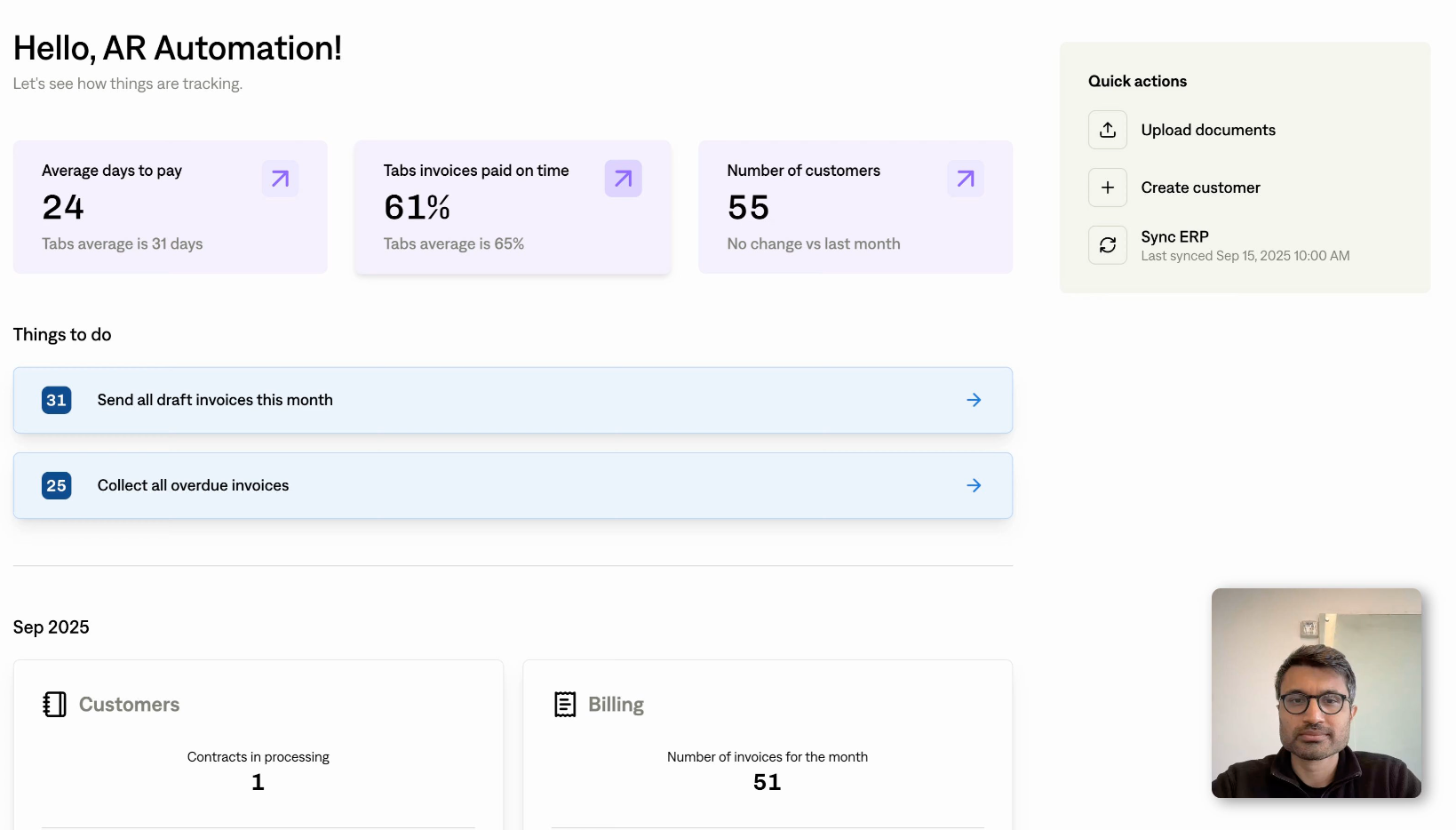Keeping tabs on your business's financial health involves more than just watching your profit margins. One metric, often overlooked yet vital in managing your business finances, is the Days Sales Outstanding (DSO). This measure tells you not just how much you're selling but also how quickly you're collecting payment after these sales. If your business offers goods or services on credit, mastering DSO can transform your cash flow management and enhance your operational efficiency.
What is Days Sales Outstanding (DSO)?
Days Sales Outstanding is a key financial metric you can use to determine the average number of days your company takes to collect payment after a sale on credit. Essentially, it measures how quickly your business can convert its sales on credit into cash. This speed of collection is crucial, as it affects how much cash you have on hand to cover daily operations and investments.
DSO not only tracks the effectiveness of your company’s credit and collection processes but also serves as an indicator of the overall efficiency of your sales and financial departments. A lower DSO means that your company is able to collect its receivables more quickly, which can lead to improved liquidity and reduced risk of bad debts. Conversely, a higher DSO can signal issues with credit policies or customer payment behaviors that may need to be addressed.
Importance of DSO
The significance of DSO is a reflection of your company’s liquidity and financial health. Liquidity, or the ability to cover short-term obligations, is enhanced by a lower DSO as more cash is readily available. This is key for maintaining smooth operations and funding growth initiatives without the constant need for external financing.
Moreover, DSO directly impacts a company's cash flow—a vital element for all businesses but especially critical for small to medium-sized enterprises (SMEs) where cash constraints can be more pronounced. Effective management of DSO can lead to a more predictable cash flow, enabling better planning and investment in areas like R&D, marketing, and expansion. On the flip side, a high DSO can strain your resources, potentially leading to borrowing at higher interest rates or delaying necessary expenditures that could stimulate business growth.
How to Calculate DSO
Calculating DSO is straightforward. The standard formula is:
DSO = (Average Accounts Receivable / Net Credit Sales) × Number of Days in Period
To put this into perspective, consider a company with an average accounts receivable of $100,000 and net credit sales of $600,000 over a 30-day period. The DSO would be calculated as follows:
DSO = (100,000600,000) × 30 = 5 days
This means, on average, it takes the company 5 days to collect the receivables post-credit sales. This quick turnaround indicates a robust collection process and contributes to better cash flow management.
By understanding and applying the DSO formula, you can gain deeper insights into your company's financial performance and make informed decisions that optimize your operations and enhance financial stability. DSO isn't just a number — it's a reflection of how effectively your business is being managed. Keep a close eye on it, and you'll be confident that your business survives and thrives.
Factors Influencing DSO
Various internal and external elements can significantly influence your company's DSO, impacting everything from liquidity to strategic flexibility. Keep an eye on the following factors to identify areas for improvement in your accounts receivable process.
Credit Policy
- Stringency of Credit Terms: Setting strict credit terms, such as shorter payment deadlines and rigorous credit checks, can lead to a lower DSO by ensuring that payments are made swiftly. On the flip side, lenient terms may attract more customers but can also result in higher DSO due to extended payment times.
- Credit Approval Process: An efficient credit approval process can be a game-changer. By extending credit only to those customers with a solid history of timely payments, you minimize the risk of delays and reduce DSO in the process.
Customer Base
- Customer Payment Behavior: The promptness with which your customers settle their invoices plays a direct role in your DSO numbers. Customers who frequently delay payments can drastically increase your DSO, particularly if they are going through financial instability.
- Industry of the Customers: Some industries inherently have longer payment cycles due to their operational norms. For example, dealing with government contracts often involves navigating through extended bureaucratic payment processes, leading to a higher DSO.
Economic Conditions
- General Economic Climate: Economic downturns can stretch your DSO as customers may prioritize their scarce resources elsewhere, delaying payments. Conversely, during economic booms, customers might settle payments more promptly, helping to lower your DSO.
- Sector-Specific Issues: Economic factors specific to certain industries, like regulatory changes or industry slumps, can influence how quickly customers can pay, thus affecting your DSO.
Internal Processes
- Invoicing Accuracy and Timeliness: Errors in invoicing are a significant culprit in delayed payments. Ensuring that invoices are accurate and sent out promptly is critical for maintaining a low DSO.
- Collections Efficiency: The effectiveness of your collections efforts—from how proactively you follow up on overdue accounts to how quickly you resolve disputes—can significantly influence your DSO.
Sales Practices
- Sales Incentives: Sales strategies focusing solely on volume can inadvertently push your DSO higher if staff are motivated to offer credit terms to less creditworthy customers to meet targets.
- Product and Service Adjustments: Adjustments in your product or service offerings that affect pricing and payment terms can also sway your DSO, for better or worse.
Technological Adoption
- Use of Automation Tools: Automated invoicing and collections systems can dramatically improve the efficiency of these processes, reducing human error and speeding up payment collections.
- Data Analytics: Leveraging data analytics can help you foresee potential payment delays and fine-tune your credit policies to better match customer profiles, thereby optimizing DSO.
High vs. Low DSO Meaning
Impact of High DSO
The impact of a high DSO can be significant for a company. When DSO is high, cash flow can become constrained, limiting the ability to cover operational costs and meet financial obligations in a timely manner. This often leads to increased borrowing and associated costs, as companies need to rely on external financing to bridge the gap between receivables and payables. High DSO also diverts resources from other productive areas, as more effort is required to manage collections. Furthermore, a consistently high DSO may indicate weak credit management or dealing with customers at a higher risk of default, which can increase the likelihood of bad debts.
Impact of Low DSO
On the other hand, a low DSO has numerous benefits for a company. It enhances liquidity by accelerating cash conversions, providing more flexibility to reinvest in business operations or take advantage of discounts. With more immediate cash flow from customers, there is less reliance on overdrafts and loans, reducing interest expenses and improving financial health. A strong cash position also allows a business to negotiate better terms with suppliers and creditors, providing a competitive advantage. An efficient billing and collections process, reflected in a low DSO, demonstrates effective management of receivables and strong customer relationships. Moreover, a low DSO affords greater strategic flexibility, enabling businesses to expand into new markets, scale operations, or innovate product lines without constant concerns over cash flow. Finally, a healthy DSO is often viewed positively by investors and other stakeholders, potentially improving a business's credit rating and attracting further investment.
Strategies to Improve DSO
Efficient management of DSO can markedly influence your company's cash flow and overall financial health. Implementing practical steps and robust strategies to manage and enhance DSO is imperative for any business aiming for sustainability and growth. Below are some strategic measures to consider that can tighten your credit control, optimize invoicing processes, and enhance your collection efforts.
Tighten Credit Terms
- Revise Payment Terms: Reviewing and adjusting payment terms is a critical first step. Shortening payment durations for new contracts and renegotiating existing agreements can significantly speed up cash inflows. Striking a balance between accommodating customer needs and minimizing financial risk is essential.
- Enhance Credit Approval Processes: Tightening your credit approval process can prevent future payment issues. This involves thorough checks of potential customers’ creditworthiness, including evaluations of their credit scores, financial stability, and payment histories.
Optimize Invoicing Processes
- Automate Invoicing: Automation plays a crucial role in streamlining invoicing. Automated systems ensure that invoices are sent out immediately after goods or services are delivered, reducing the likelihood of errors and delays associated with manual processing.
- Clear and Accurate Invoicing: Make sure every invoice is easy to understand and contains all necessary details, such as payment terms, due dates, and available payment methods. This clarity helps to minimize disputes and encourages timely payments.
Enhance Collection Efforts
- Proactive Collections: Implement a more assertive approach to collections. This could mean more frequent follow-ups with customers who have past-due payments and possibly setting up a dedicated collections team to handle these cases effectively.
- Offer Payment Incentives: Discounts or other incentives can significantly reduce DSO by encouraging customers to pay early. These incentives should be carefully structured to ensure they do not erode profit margins but still encourage faster payment.
Utilize Technology
- Leverage Data Analytics: Utilizing data analytics can help identify trends and patterns in customer payment behaviors. This information can be used to tailor your collection strategies to different customer segments, making them more effective.
- Implement Payment Portals: Providing customers with an online portal simplifies payment. These portals can also facilitate automatic payment reminders as due dates approach, helping to ensure timely payment.
Regularly Review Customer Accounts
- Conduct Regular Reviews: It's crucial to periodically review the creditworthiness of your customers. Adjust credit limits and payment terms based on their latest financial condition and payment track records to manage risk effectively.
- Manage Customer Relationships: Maintaining robust customer relationships can facilitate smoother communication regarding payment matters. This approach helps identify and resolve potential payment issues swiftly, keeping DSO low.
Legal and Contractual Measures
- Enforce Late Payment Penalties: Where possible, enforcing penalties for late payments can deter delinquent behaviors. Make sure that these penalties are clearly outlined in your terms of service or contract agreements.
- Legal Recourse: For chronic late payers, legal action might become necessary. Ensure your contracts include clauses that allow for such measures if needed, providing a legal basis to pursue overdue payments.
Training and Internal Policies
- Staff Training: Regular training for your billing and collections teams on best practices and effective communication skills is vital. Well-trained staff can handle invoicing and collections more effectively, reducing DSO.
- Align Incentives: Sales incentives should be aligned with collection outcomes to ensure that sales efforts do not compromise payment times. Encouraging sales teams to focus on the credit quality of customers rather than merely the volume can lead to a healthier portfolio and better DSO figures.
- By implementing these strategies, your business can improve its DSO, leading to better cash flow management and a stronger financial position. This proactive approach not only optimizes financial operations but also supports sustainable growth and operational efficiency.
DSO Meaning Across Different Industries
The significance and measurement of DSO can vary dramatically across different industries, each with its unique operational and financial dynamics. Understanding these variations is crucial for setting realistic benchmarks and goals for DSO management.
In retail, the DSO tends to be lower due to the generally quick turnover of inventory and the frequent use of cash transactions. A "good" DSO in this sector might range from 15 to 45 days, reflecting the rapid sales cycles typical of retail businesses.
Manufacturing industries often exhibit a higher DSO, usually between 45 to 60 days. This is due to the longer sales cycles, extensive production times, and the prevalence of B2B transactions that typically involve longer credit terms.
The services sector, especially those involving contracts like IT or consultancy, might see even higher DSO figures. Since payments are often tied to milestones or project completions, a DSO of 60 to 90 days can be common. Managing DSO effectively becomes critical to maintaining cash flow for services that require upfront investment.
These differences underscore the importance of industry-specific benchmarks in evaluating a company’s DSO. Understanding what constitutes a "good" DSO in your industry can help set ambitious and achievable targets, allowing for more accurate financial planning and analysis.
Concluding Thoughts
Throughout this guide, you've learned about the critical role of DSO in assessing a company's financial health and operational efficiency. Effective DSO management enhances liquidity and strengthens a company’s ability to invest and grow. Your organization can significantly improve its financial stability by implementing targeted strategies to optimize invoicing, collections, and credit terms.
Integrating technology solutions like Tabs can streamline these processes. Tabs harnesses AI-driven analytics and automation to enhance the AR process, reducing DSO by enabling quicker invoicing, more efficient collections, and tailored customer credit analysis. With Tabs, your business can achieve better DSO figures and a more robust financial foundation for future growth. Schedule a demo today.





